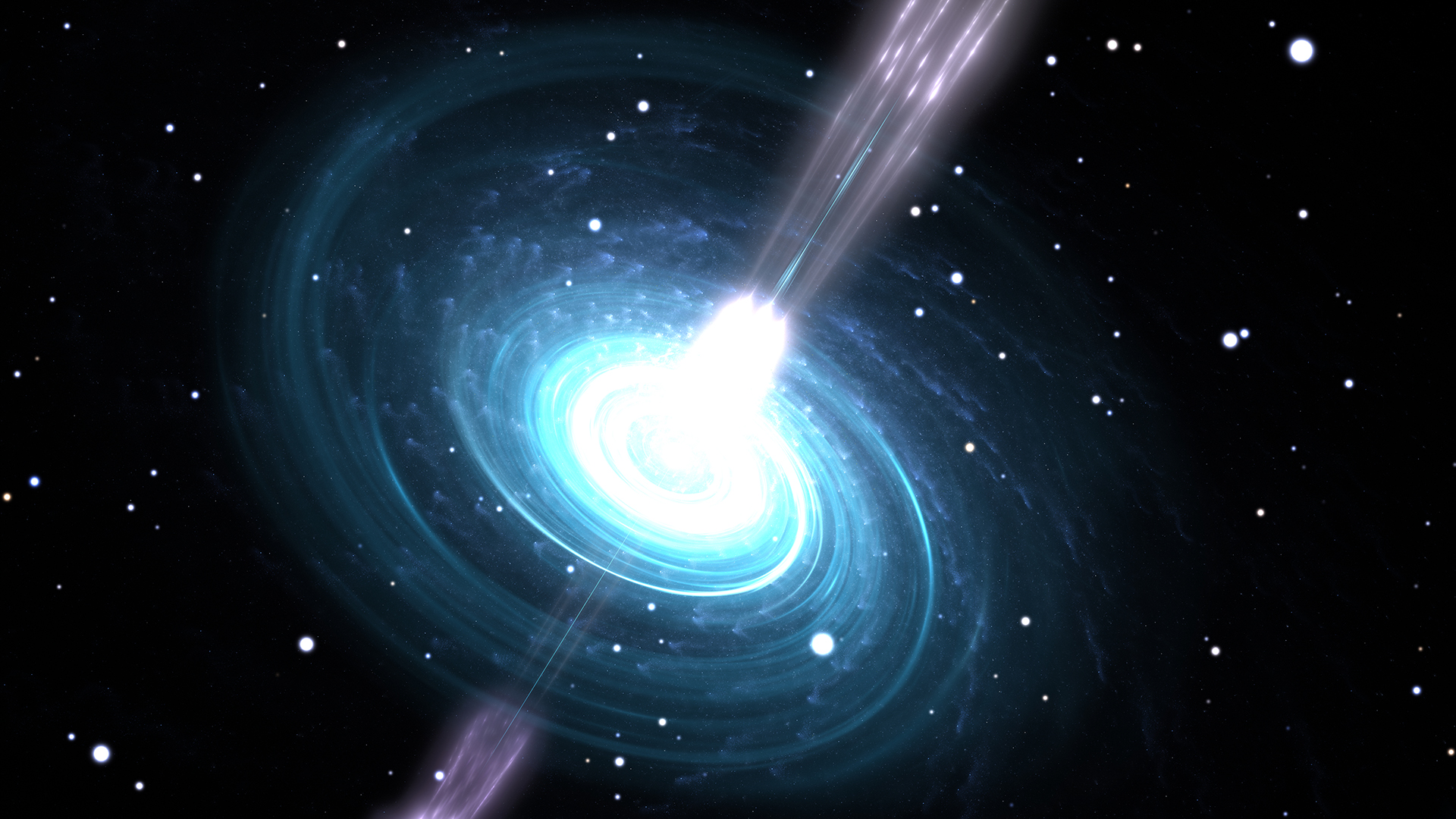|
Getting your Trinity Audio player ready...
|
Mergers of neutron stars in binary systems have great potential as potential sites for rapid neutron capture nucleosynthesis. The explosion that is caused when two neutron stars collide and merge together spirals inward and is responsible for the creation of a major fraction of the heavy components that are present in our universe. The very first instance of this technique was an event that took place in 2017 and was given the name GW 170817. Even five years later, scientists have not been able to establish the particular elements created in neutron star mergers. The only element they have identified so far is strontium, which can be found in the optical spectrum.
In order to decipher the spectra produced by neutron star mergers, a research group led by Nanae Domoto, who is currently a research fellow at the Japan Society for the Promotion of Science (JSPS) and a graduate student at the Graduate School of Science at Tohoku University, has conducted a comprehensive investigation into the properties of all heavy elements. This allowed them to examine the spectra of the kilonovae that were produced by GW 170817. Kilonovae are powerful emissions that are caused by the radioactive decay of newly generated nuclei that are released during the merging of two galaxies.
Based on comparisons of intricate kilonovae spectral simulations carried out by the supercomputer “ATERUI II” at the National Astronomical Observatory of Japan, the researchers came to the conclusion that the rare elements lanthanum and cerium have the ability to reproduce the near-infrared spectral patterns observed in 2017. Up until this point, the only evidence for the existence of rare earth elements came from the general rise and fall of the kilonova’s brightness, not the spectral features itself. According to Domoto, “This is the first direct discovery of rare elements in the spectra of neutron star mergers, and it advances our knowledge of the origin of elements in the Universe.”


